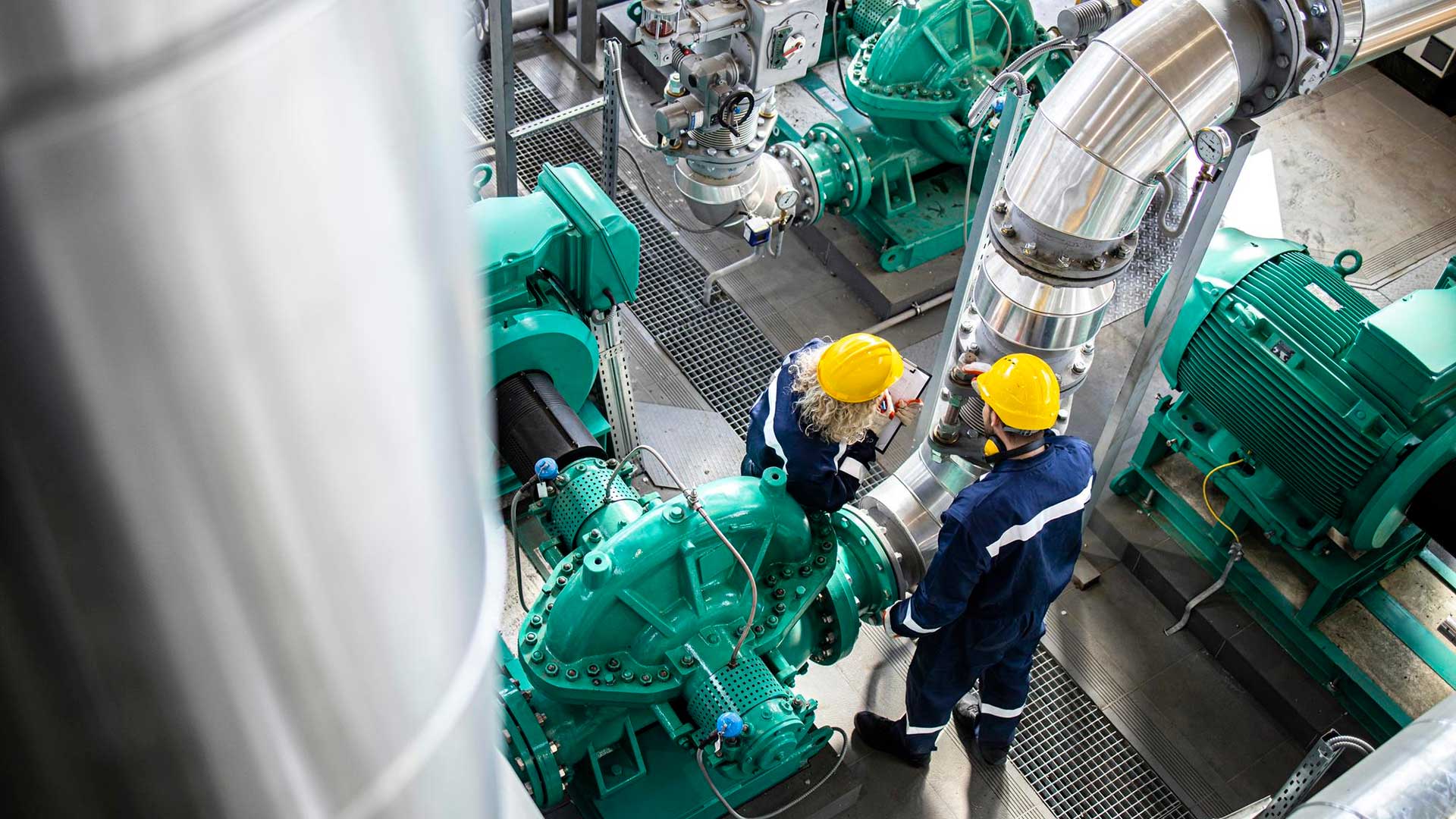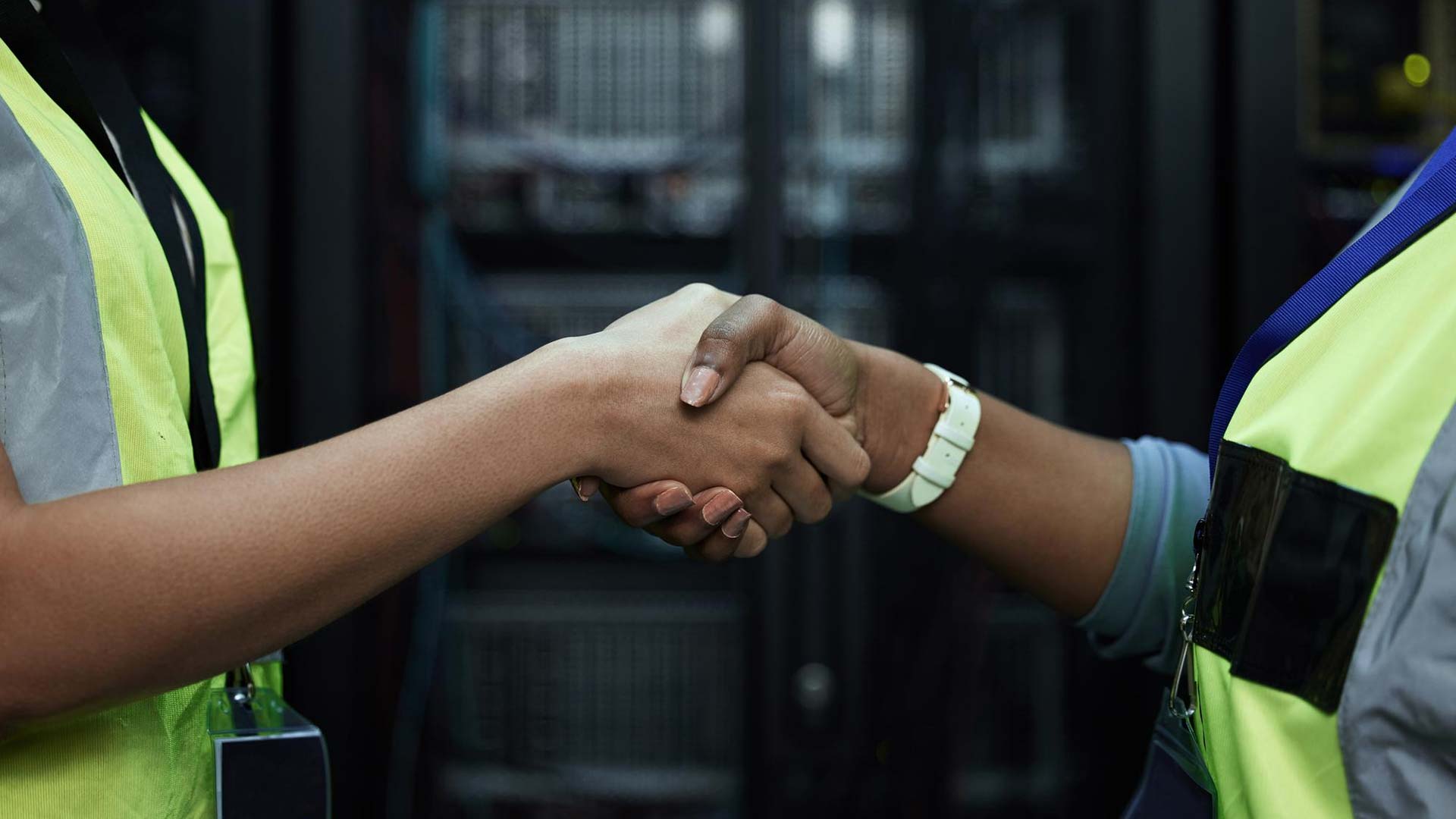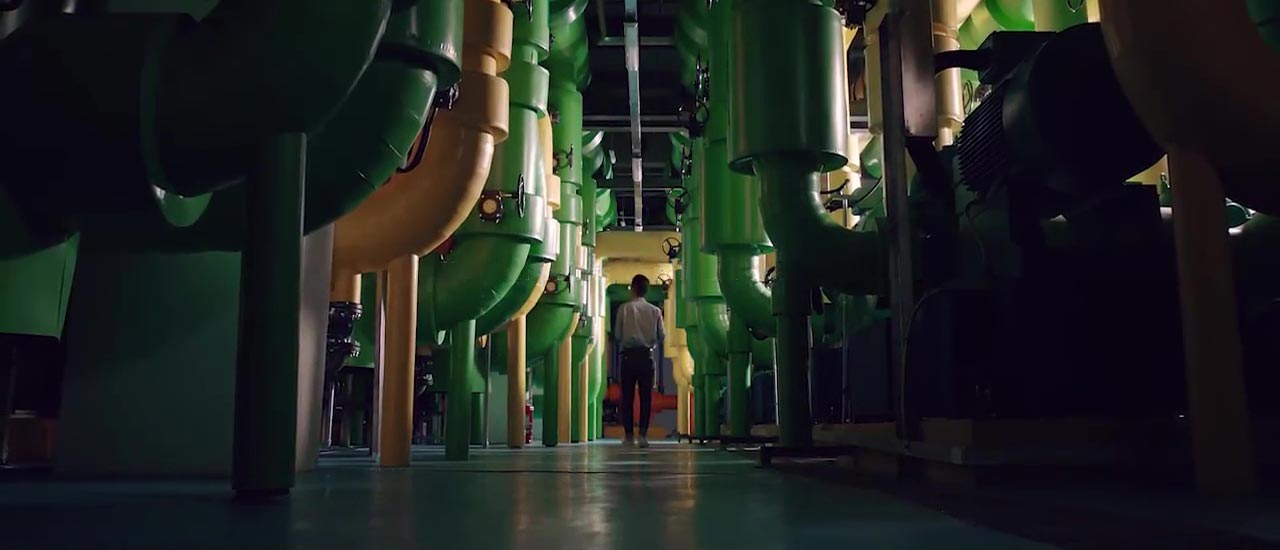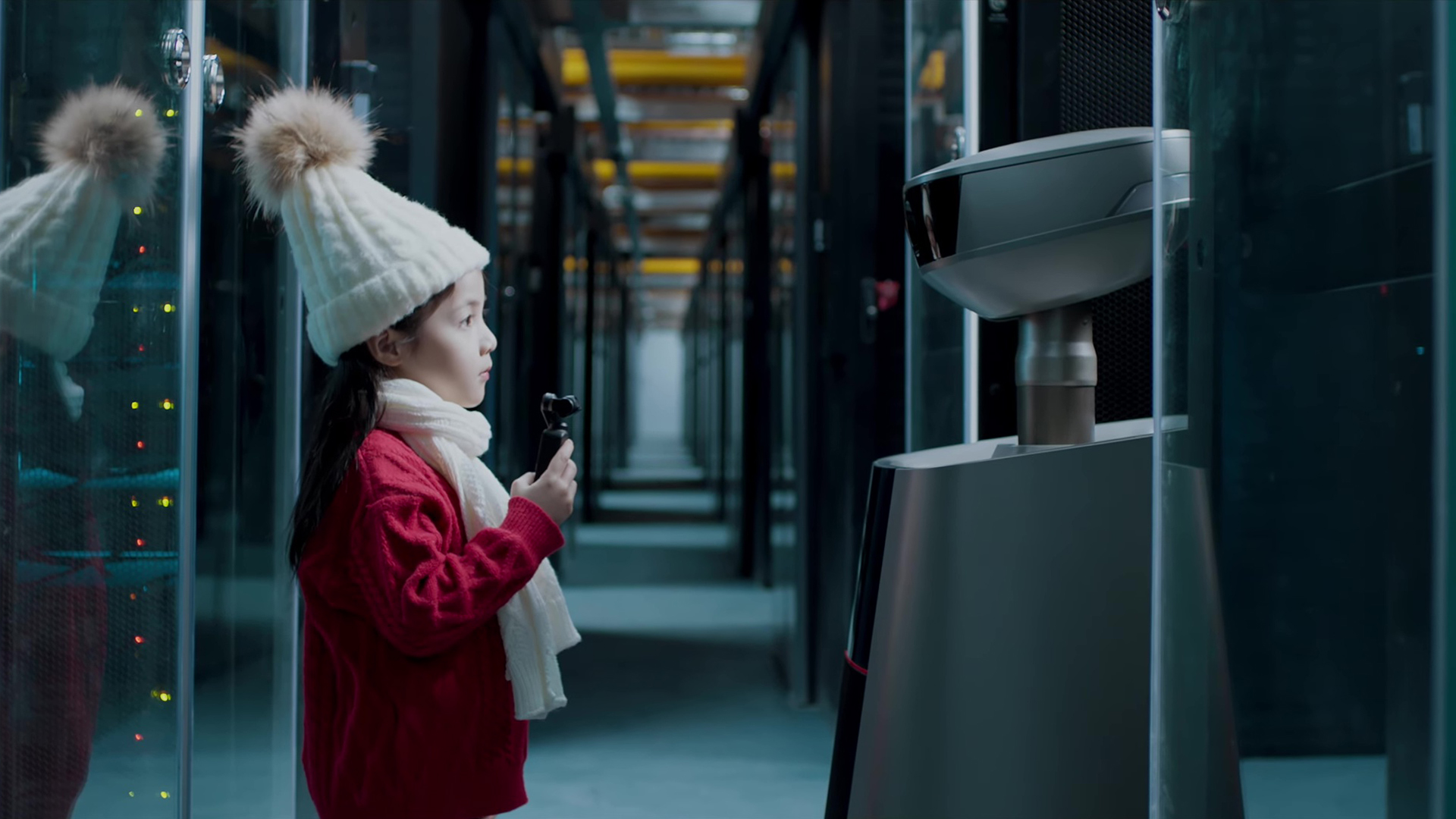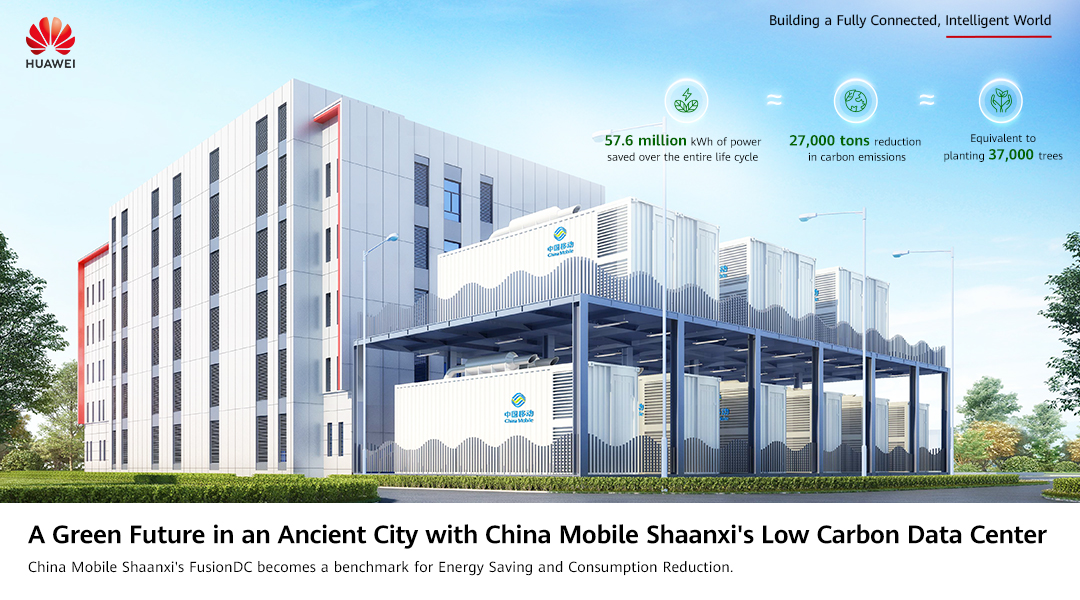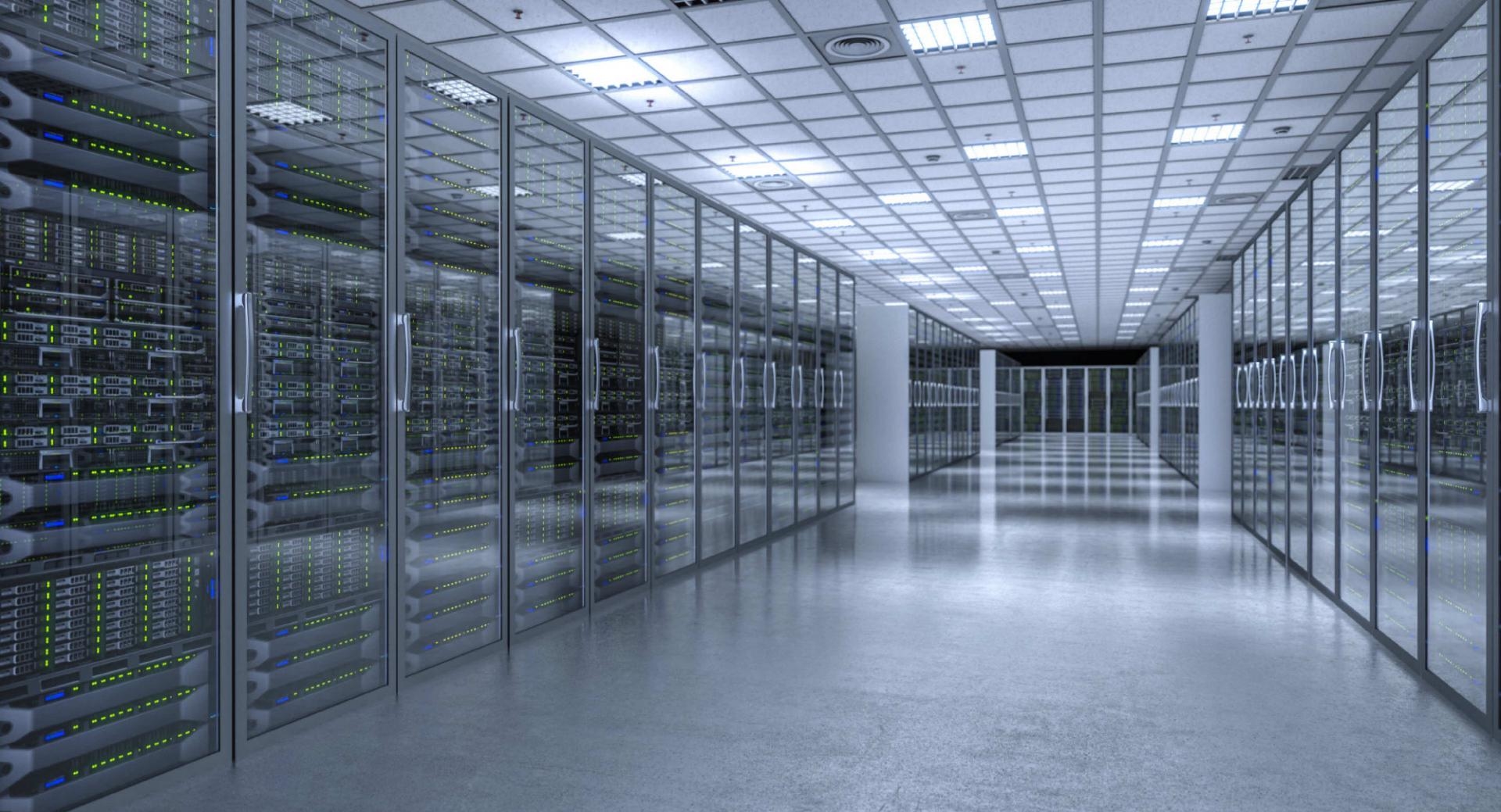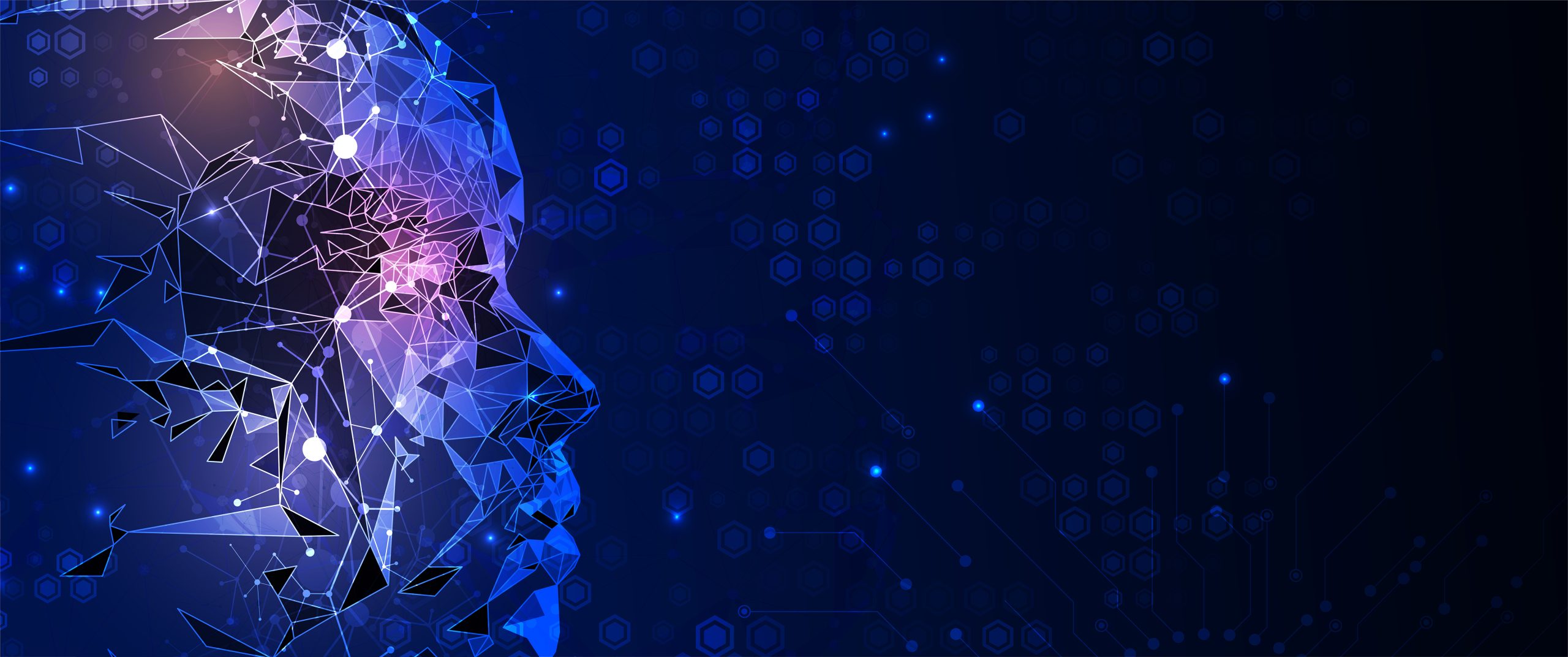
A data center’s power usage effectiveness or PUE, is seen as a key indicator for evaluating its energy efficiency. The PUE value rises as the data center becomes less efficient. Cooling, a key component of a data center, is one of the main factors which can address the issue of energy efficiency.
Cooling is closely related to equipment heat dissipation, equipment configuration, facility environment, and external climate conditions. After Operations and Management (O&M) reaches a certain maturity level, hardware energy saving or human experience-based simple optimization cannot further reduce power consumption.
Therefore, Huawei has leveraged on machine learning to develop its iCooling intelligent thermal management solution for data centers. The iCooling solution incorporates deep learning to analyse historical data and identify key factors which affect energy consumption and create a PUE prediction. An optimisation algorithm then establishes the ideal parameters which are transmitted to various control systems.
The key technologies used in the iCooling solution include:
- Big data collection
Given the complexity of data center cooling systems, information about the power supply system, cooling system, and environment parameters must be collected. - Data governance and feature engineering
First, a mathematical tool is used to perform data governance on the raw data collected, providing high-quality data for subsequent model training. Second, feature engineering is performed on large amounts of raw data to identify the key parameters that affect PUE.
Creating a PUE model using a neural network:
Neural networks are a set of machine learning algorithms that can simulate the cognitive behavior of interactions between neurons. Deep neural networks can play a role in increasing the cooling efficiency of data centers. The machine learning algorithms of these networks can find the relationships between parameters of different pieces of equipment and systems. A mathematical model or the PUE model of the data center is created based on large amounts of data from sensors.
Inference and decision-making using genetic algorithms:
Based on the input PUE model and the operating data collected in real time, the algorithms find the best policy in four steps: parameter traversal and combination, service rule assurance, calculating the energy consumption of the cooling system, and selecting the optimal policy.
At Huawei’s cloud data center Langfang in China, the deployment of iCooling has resulted in a PUE that is eight percent lower than it previously was, which translates to major savings in annual power costs. At a China Mobile data center in Ningxia, the introduction of iCooling technology has reduced the data center’s total energy consumption by 3.2%, saving more than 400,000 kWh of electricity a year. According to Huawei, as data centre loads increase and AI learning capability improves, six million kWh of electricity will be saved in the data center every year, the equivalent to a reduction of about three million kilogrammes of carbon dioxide emissions.
With extensive experience and technical expertise in global data center construction, Huawei has proven that the power of AI and big data is the key to create greener data centers.
Source: Huawei


